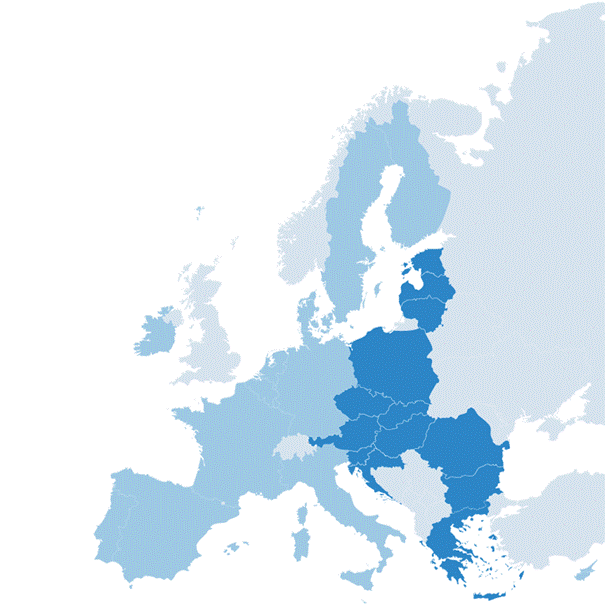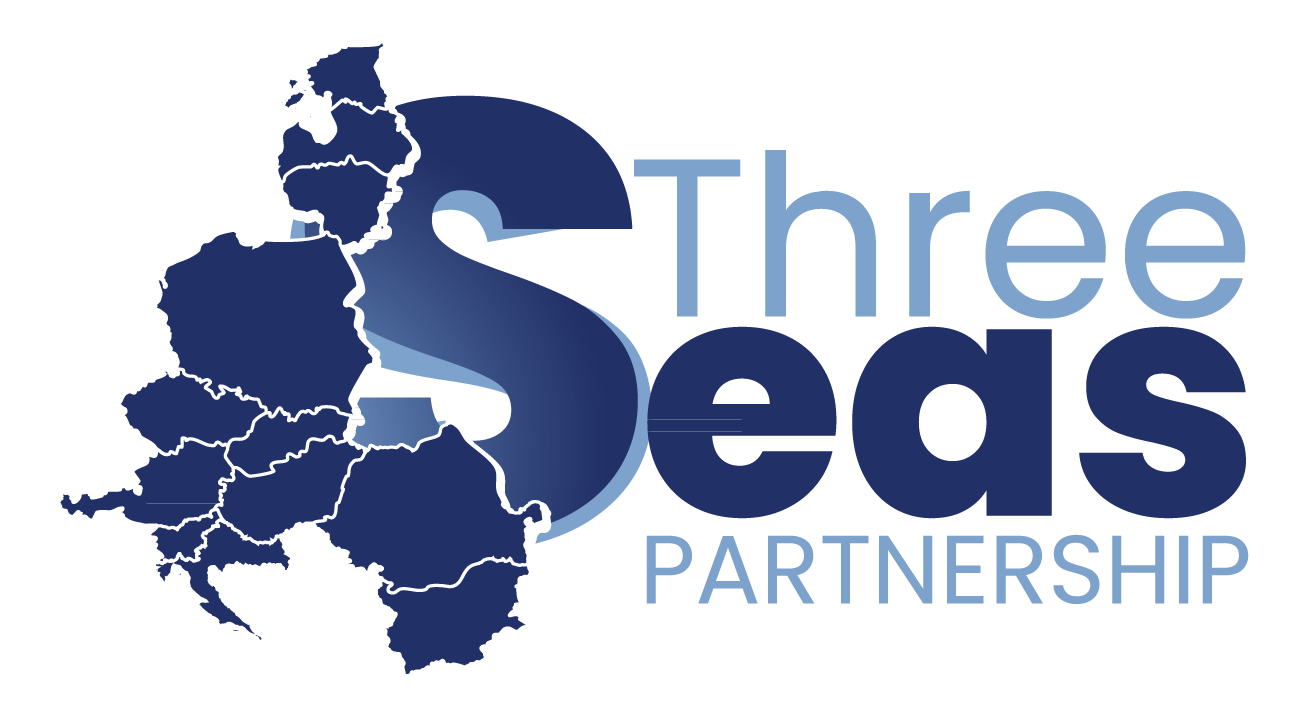What does it take to join the Three Seas Initiative?

Photo: The Three Seas Initiative Research Center
In the last year or less, the Three Seas Initiative has seen its biggest expansion since its inception: Greece has become a full member, Moldova and Ukraine have become associate partners, Japan joined as a strategic partner and Montenegro expressed its intent to associate with the Initiative. In these circumstances, one might ask, how is it possible to join?
Back to the Foundations
To understand what it takes to join the Initiative in some form, it is worth first understanding how it works and what it is about. Within the EU, the four priority elements of the geopolitical space for the Central European economic and new geo-economic world order are the Visegrad Cooperation, the Three Seas Initiative, the Via Carpathia highway (linking Greece to Lithuania) and the New Amber Road rail corridor running along the western edge of the region from the port of Koper in Slovenia to the Baltic Sea. The Three Seas Initiative has three key principles: it is built for the benefit of all, by all, for all. It is important to underline that the Initiative started out as an economic cooperation only. Today, connectivity is also the main goal of connecting politics, infrastructure, trade, finance and the people in it. This is done through six economic corridors. It is only in the context of these observations that it is worth looking at what is required for a country to join the Initiative in some form.
Member of the EU, part of the Three Seas Initiative?
If we were to define exactly what is needed for accession, we would soon run out of ideas. The Initiative does not have an institutional framework that clarifies the conditions under which a state wishing to join could be admitted. On the one hand, this gives freedom, but at the same time it is a constraint on other values, in particular the EU values that have been developed. The latter is relevant in cases where a state is a full member of the Initiative. In the case of Japan, we can see that a country doesn’t necessarily have to be in Europe to cooperate, as long as the state and the partnership agreement are in line with the Initiative’s goals and values.
However, when a state becomes an Associate Partner or Strategic Partner is entirely up to the Initiative. This is because the definition does not conflict with any rules that Member States have to follow. As a result, the Initiative can create its own, completely separate requirement.
It is worth thinking about the situation in Ukraine or Moldova. Both countries wanted to join the Three Seas Initiative first. Nevertheless, it was only years later, after EU candidate status was granted, that progress was made. The year after accession, they became members of the Initiative. Greece, on the other hand, did not have such problems as it was an EU member by default. Of course, one might question why the Initiative could not in practice admit a full member that is not a member of the EU. However, this would raise geographical, institutional, and funding issues. In the latter case, for example, it would be difficult to draw a line as to how EU funds – presumably intended for EU countries – could be used without being misused directly or indirectly to support that country explicitly in a project.
Beyond the theory of enlargement
For the first time since the Three Seas Initiative was established, a wave of connectivity has begun. Over the past years, there have been 13 members of the Three Seas Initiative. From this year, the Initiative has also gained an associate and strategic partner.
There was also a willingness to expand on the part of the Three Seas Initiative. At the Bucharest Summit in 2023, the former Head of State of the Hungarian Republic, Katalin Novák, in addition to welcoming Greece’s accession to the Initiative, encouraged the six Western Balkan countries (Montenegro, North Macedonia, Albania, Serbia, Kosovo, Bosnia and Herzegovina) to join the Initiative. Although the possibility of further enlargement seems a distant prospect, it is not excluded.
The Joint Declaration of the Eight Summit of the Three Seas Initiative itself confirmed that “the 3SI is open to cooperation with non-EU countries who are committed to the fundamental values and principles of the European Union”. However, it must act in accordance with its fundamental values and principles. Thus, there is a possibility that in the future, many new members of the Three Seas Initiative may become more prominent organisational units without being in the immediate vicinity but serving a common purpose. After all, the Initiative is complementary to the EU policies and can help bring those countries closer to the EU through common regional infrastructure projects.
Author: Bence Frish
Sources:
- Norbert Csizmadia: Térképek és tézisek az új geoökonómiai világrendhez. In: Editor: Barnabás Virág, Marcell Horváth: (Editors): Geopolitikai ébredések – A fenntartható jövő megteremtése Eurázsia korának hajnalán. Budapest, Hungarian National Bank. 2023. https://www.mnb.hu/letoltes/eurazsia-tanulmanykotet-2023-hun.pdf
- Julita Wilczek: Outcomes of the 2023 Bucharest Three Seas Initiative Summit. Institute of New Europe. 2023. https://ine.org.pl/en/outcomes-of-the-2023-bucharest-three-seas-initiative-summit/
- The Three Seas Summit Official Website: Joint Declaration of the Eighth Summit of the Three Seas Initiative. https://3seas.eu/media/joint-declaration-of-the-eighth-summit-of-the-three-seas-initiative
The „Three Seas Partnership” program is financed by the National Institute of Freedom – Center for the Development of Civil Society as part of the Government Program Civic Initiatives Fund #NOWEFIO for the years 2021-2030.
